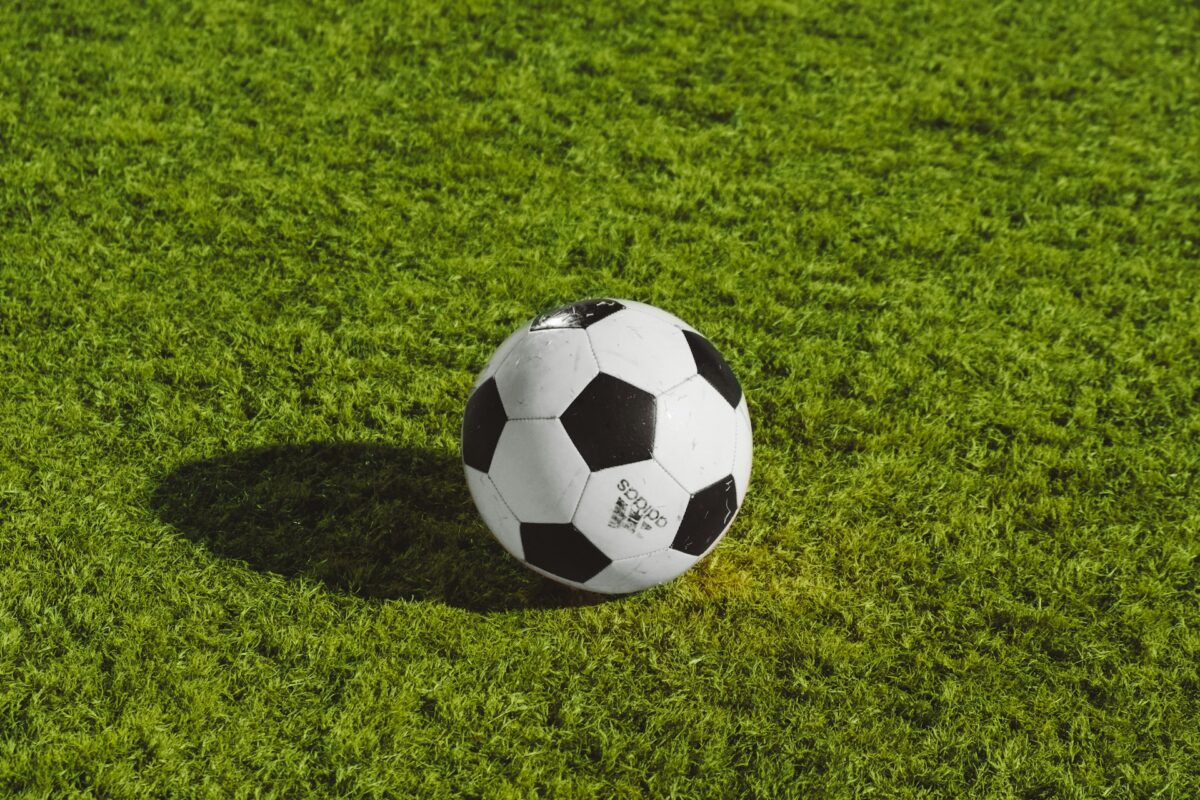
The Science Behind Soccer Socks: Why the Right Pair Matters
Soccer is a dynamic and physically demanding sport that requires precision, speed, and endurance. Whether you’re an amateur player or a seasoned professional, the equipment you choose plays a critical role in performance. One often overlooked yet essential piece of soccer gear is the soccer sock. While it may seem like a simple accessory, the right pair of socks can have a significant impact on comfort, injury prevention, and overall performance. So, why exactly does the right pair of soccer socks matter? Let’s dive into the science behind soccer socks and why they are more than just a fashion statement.
1. Comfort and Performance: The Role of Material
When choosing soccer socks, the material is one of the most important factors. Soccer socks are typically made from a combination of synthetic fabrics such as polyester, nylon, spandex, and elastane. These materials are chosen for their moisture-wicking properties, stretchability, and durability. The fabric needs to pull sweat away from the skin and keep the feet dry to prevent blisters and discomfort during play.
Cotton, for example, may seem like a comfortable material, but it tends to absorb moisture and hold it against the skin, making feet slippery inside the shoes. This moisture buildup can lead to blisters, chafing, and irritation, which can affect a player’s performance. Synthetic socks, on the other hand, are designed to pull moisture away from the skin and allow it to evaporate, helping to keep feet dry and comfortable throughout the game.
2. Compression and Support: Reducing Fatigue
Another scientific aspect of soccer socks is the use of compression technology. Compression socks are designed to apply gentle pressure to the lower leg and foot, helping to improve circulation and reduce muscle fatigue. The graduated compression (tighter at the ankle and looser at the calf) promotes better blood flow and can help prevent swelling during long periods of exertion.
Many professional athletes swear by compression gear because it helps reduce muscle soreness and improves recovery time. For soccer players, this can mean reduced fatigue, fewer cramps, and a lower risk of injury. When worn during play, compression socks can enhance muscle oxygenation, allowing the muscles to perform more efficiently, especially during high-intensity movements like sprinting and sudden changes in direction.
3. Injury Prevention: Protection from Impact and Friction
Soccer is a high-contact sport, and players are often subjected to sudden tackles, quick sprints, and constant changes in direction. Soccer socks can serve as an additional layer of protection against injuries. They help protect the shins and ankles from direct impact by providing an extra cushion when a player is tackled or comes into contact with another player.
In addition to impact protection, socks also help reduce the risk of skin abrasions caused by friction. The constant movement inside soccer shoes can create friction, which may lead to blisters or skin damage. A well-designed sock with extra padding in high-friction areas like the heel and toe can reduce this risk, providing added comfort and protection during play.
4. The Right Fit: Optimal Fit for Foot Function
One of the most important factors in selecting soccer socks is ensuring the right fit. A poorly fitting sock can create discomfort, restrict movement, and even contribute to injuries. Soccer socks should fit snugly, providing support without restricting blood flow or movement. The sock should stay in place throughout the game, without slipping down or bunching up, which could cause discomfort and affect performance.
An optimal fit ensures that the sock provides the right amount of compression without becoming too tight, while also offering flexibility in key areas like the arch and ankle. The toe area should be comfortable and not too constrictive, allowing for natural movement inside the shoe.
5. Breathability and Temperature Regulation
Soccer matches often take place in varying weather conditions, ranging from hot and humid to cold and rainy. Soccer socks designed with breathability in mind help to regulate foot temperature, preventing overheating or excessive cooling. Many socks are equipped with mesh panels or ventilated zones to allow air to circulate, keeping the feet cooler and more comfortable in warmer conditions.
In colder weather, some socks are designed with thermal properties to keep the feet warm while still allowing for breathability. The balance between warmth and ventilation is crucial for maintaining foot comfort and performance throughout the match.
6. Style and Psychological Benefits
While performance and protection are the primary concerns when selecting soccer socks, there’s also the psychological aspect of wearing gear that makes you feel confident. Many players prefer socks that match their team’s colors or display their personal style, as it can contribute to a sense of unity and pride. In fact, research in sports psychology has shown that wearing the right gear, including socks, can boost confidence and improve mental focus, which can positively influence overall performance on the field.
Conclusion
In the fast-paced world of soccer, where every detail counts, the right pair of soccer socks can make a noticeable difference. From enhanced comfort and performance to injury prevention and improved circulation, soccer socks are an essential piece of equipment that should not be overlooked. By understanding the science behind soccer socks and how they contribute to your overall game, you can make a more informed decision when selecting the right pair for your needs.
So, the next time you’re lacing up your cleats and preparing for a match, remember that the right pair of socks can give you the edge you need to perform at your best. Whether you’re protecting your feet from blisters, reducing fatigue with compression, or simply looking for that perfect fit, don’t underestimate the impact that the right socks can have on your game.